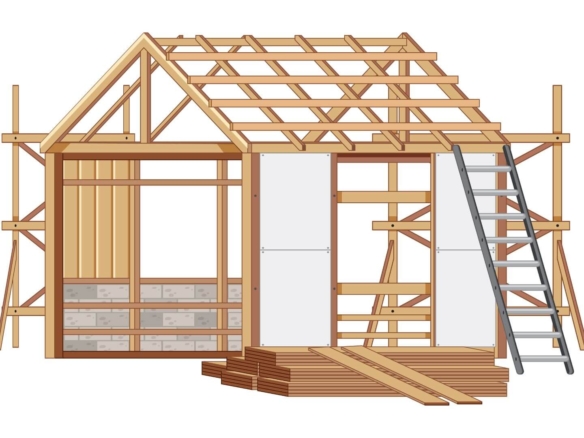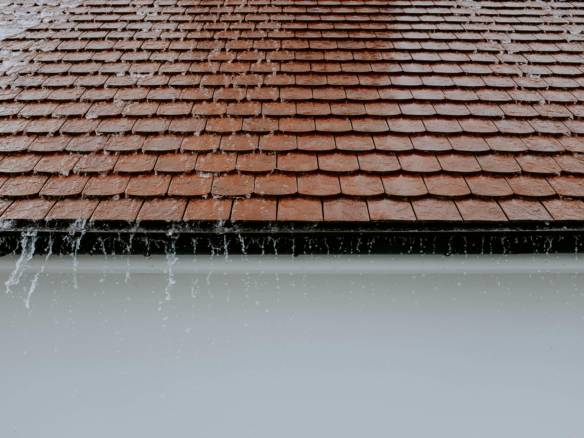With energy prices on the rise, making your home more eco-friendly will help you save money and reduce your carbon footprint. It’s simpler than you might think, too. Start with small, everyday changes to the way you use energy and water and by the end of the year you could have saved a significant amount on your utility bills.
You could also consider installing a wood-burning stove as wood is a sustainable fuel. To get an idea of prices for wood burners, a good place to start is on sites such as ebay.co.uk. If you want to push the boat out further and embark on larger projects, here are some ideas to get you started.
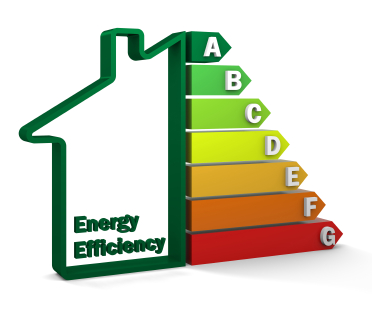
In your kitchen
Modern kitchen appliances such as dishwashers, washing machines and refrigerators are now designed to save energy. White goods that use water most efficiently are A-rated, while energy-effective cold units are ranked at A+ or A++.
- Set your washing machine to 30°C to reduce energy
- Fill the sink when washing up instead of leaving the hot tap running
- Only boil the amount of water you need in a kettle
- Ensure you wash a full load in both your washing machine and dishwasher
- Save around 12 to 20 litres of water per day by fixing dripping taps
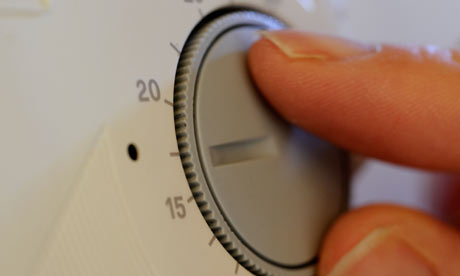
In your living room
It’s where we do most of our relaxing, so it’s where a big proportion of our electricity use comes from. The website Which? states that around 16 per cent of household electricity costs come from lighting, so it makes sense to use low-energy bulbs. Meanwhile, turning your thermostat down by just 1°C could save you as much as 40 per cent per year on heating bills.
- Install a heating programmer and thermostatic radiator valves to only heat the rooms you need to
- Replace all bulbs with low-energy ones. Even halogen spotlights can be swapped for cheaper LED versions
- Unplug chargers for your devices when not in use, and switch TVs and other devices off standby each night
- Fit a draught excluder to interior doors, and seal up skirting boards and draughty windows
In your bathroom
Cut the cost of pumping and treating water for your home by only using what you need. You’ll help the environment and protect wildlife while you’re at it
- Drop a Hippo water saver or even a plastic bottle filled with sand into your toilet cistern to reduce the amount of water you use to flush
- Time for a new toilet? The most water-efficient toilets can use as little as two litres per flush
- Take a shower instead of a bath and cut the amount of water used in half
- And save another ten litres by turning off the tap while you lather and shampoo
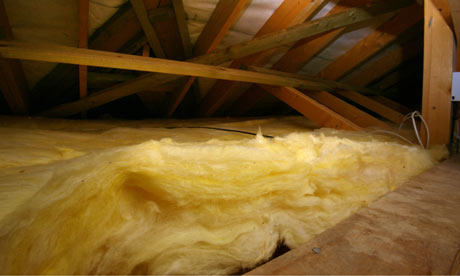
In your loft
Up to 25 per cent of your heating bill could be accounted for by energy escaping through your loft – luckily, fitting loft insulation to combat this is one of the easiest changes you can make.
· Even if you already have an insulated loft, an extra layer can never hurt
· Don’t forget to insulate your loft hatch using plastic sheeting or an old blanket
· Consider cavity wall insulation. Costing around £500 to install, it could pay for itself in energy savings in around four years
· On your roof, solar panels could slice your hot water costs in half each year, while a small wind turbine could help with electricity generation
For more information on how to make your home work harder for you, visit energysavingtrust.org.uk.
http://www.newscientist.com/blog/technology/2006/07/solar-power-goes-mainstream.html



